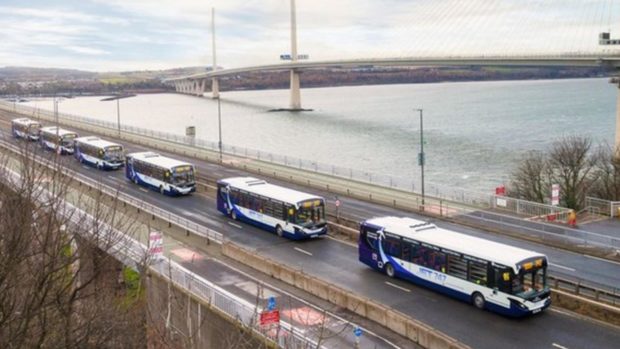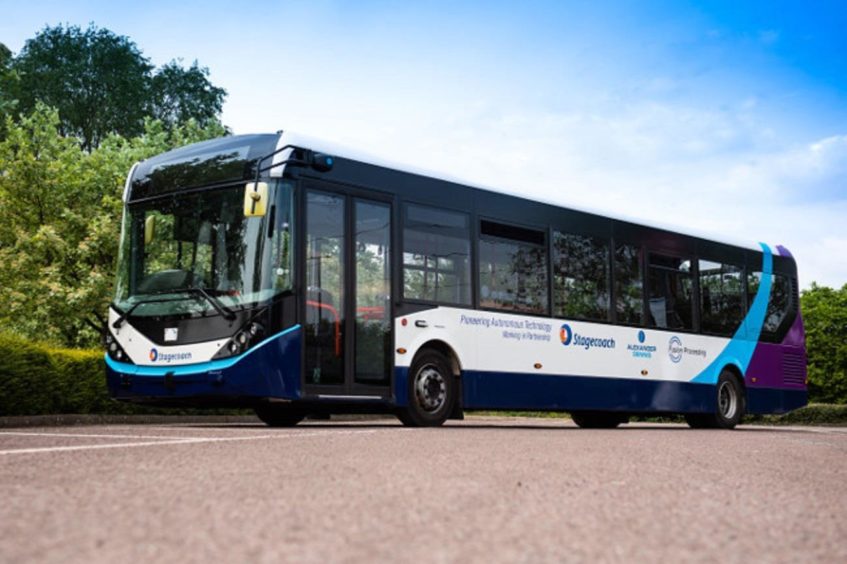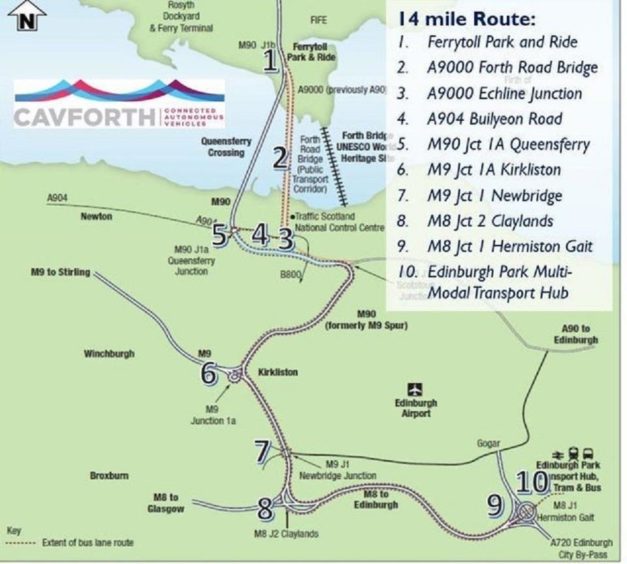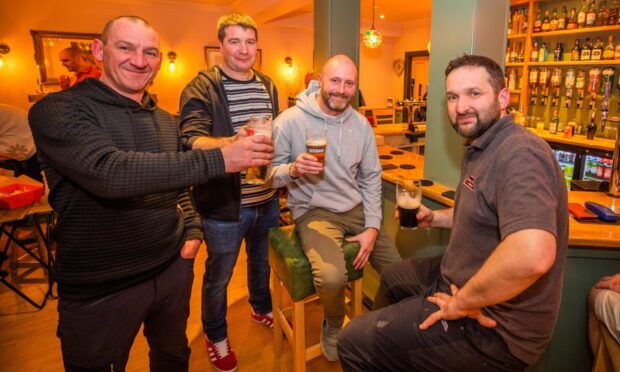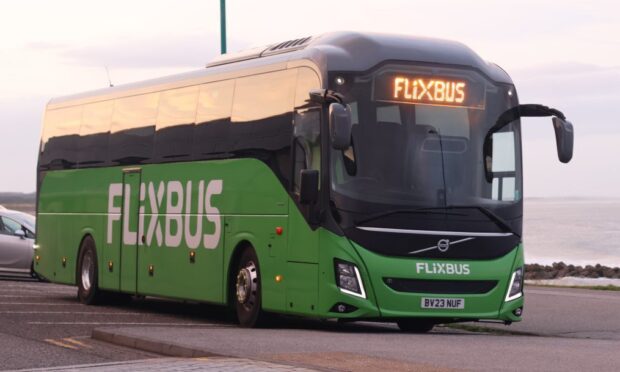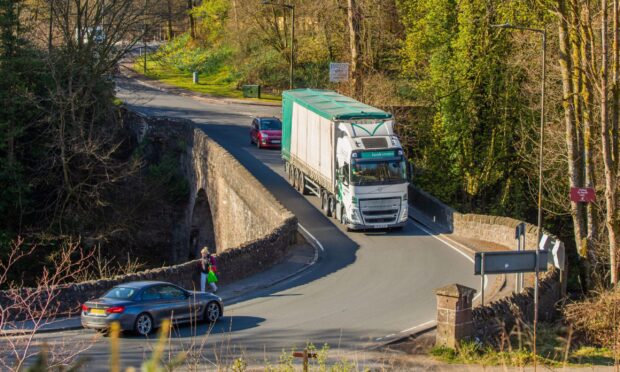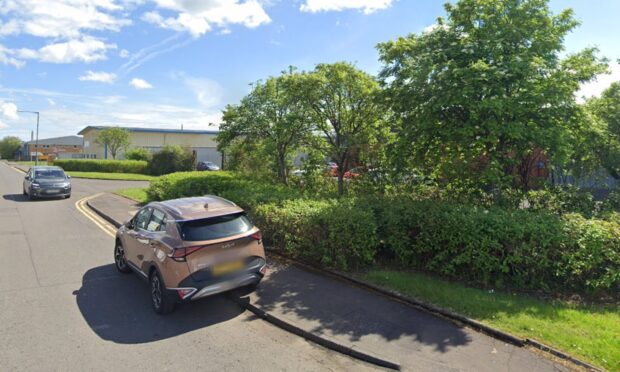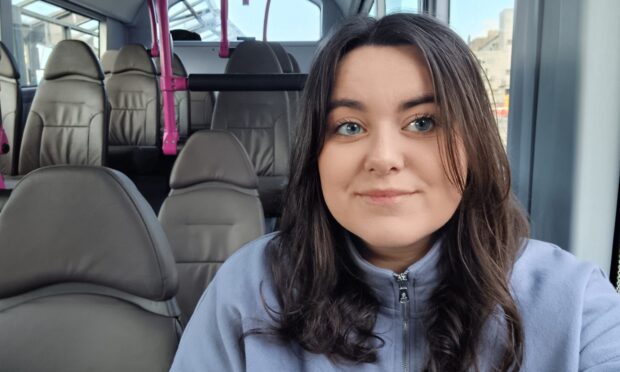A scheme which could see passengers carried on self-driving buses between Fife and Edinburgh as early as autumn has alarmed road safety groups.
A fleet of full-size autonomous buses are being designed to service a new Stagecoach operated route running from Ferrytoll Park and Ride in Fife, across the Forth Road Bridge and into Edinburgh Park’s transport interchange.
While trials of the ambitious new 14-mile CAVForth service are expected to take place later this year, road safety campaigners say their concerns about the use of a four-mile stretch of the hard shoulder on the M8 have not yet been properly addressed.
The buses, which will still have drivers on board, will run over the Forth Road Bridge via the M90, M9 and M8 at speeds of up to 50mph, and will be able to bypass traffic congestion by using the hard shoulder as a bus lane.
However, the IAM RoadSmart road safety charity has serious reservations about the initiative.
Neil Greig, the charity’s Scotland-based policy and research director, said: “Our concern is around what happens if a semi-autonomous bus is travelling down the hard shoulder past slower moving traffic when it encounters a breakdown.
“Will the driver be sufficiently engaged to take back control, and if they do then where do they swerve to avoid an emergency situation?
“In our view the main delays in this area take place at the junctions and that is where widening and other improvements to facilitate faster bus journeys should be targeted.
“Simply allowing a bus to use the hard shoulder just risks speeding it towards the next tail back.”
The buses will operate autonomously along the routes and, whilst there will be driver controls, the driver will not be expected to use them, other than in an emergency.
As a further level of safety, the vehicles will have additional backup braking and steering systems which, in the unlikely event of a failure, the backup systems can be used without the ‘safety driver’ needing to intervene.
Transport Scotland say those who break down on the M8 between Newbridge and Hermiston Gait should drive into one of three new “emergency refuges”, which will be nearly a mile apart, “wherever reasonably practicable”.
But Mr Greig said buses using the hard shoulder “could cause confusion” for other drivers who will be unsure what to do in the event of an emergency.
“Transport Scotland talks about emergency refuges, but these would need to be very frequent and clearly marked to be of any practical use in the event of a suddenly-occurring breakdown,” he added.
Mr Greig also pointed out that a recent survey conducted by IAM RoadSmart fround that 60% of road users described the use of autonomous technology as a “serious threat” to their safety.
A spokesperson for Transport Scotland said CCTV in the area will form a “critical part” of any response operations in the event of a breakdown.
“Social media monitoring will also be undertaken, coupled with notification via emergency services, use of the emergency roadside telephones and Trunk Road Incident Support Service, which will complete the monitoring and awareness of a broken-down vehicle,” they added.
“This will enable Traffic Scotland to react quickly and effectively to the situation and take appropriate actions in line with their routine control room operations.”
The statement said the hard shoulder also had “sufficient forward visibility” for bus drivers to take “appropriate action” if it was blocked by a stopped vehicle.
However, safety concerns have been echoed by AA president Edmund King, who added: “It is astonishing that after all the controversies of smart motorways in England, the highway authorities in Scotland seem determined to invent their own.
“The prospect of social media monitoring as part of the armoury to monitor potential broken-down vehicles being approached by driverless buses, even at 40mph, beggars belief.”
What does the future hold for Project CAVForth?
CAVForth expects to be carrying passengers by this time next year, running at up to 50mph and more fuel-efficiently than manually driven buses.
With services every 20 minutes between 6am and 9pm, there could be 10,000 passengers per week.
Five 42-seat buses are being fitted with Fusion Processing’s CAVstar control and sensing system, integrated with each vehicle’s steering, throttle and braking systems.
CAVstar draws on information from radar, LIDAR (light detection and ranging), optical cameras and ultrasonic sensors, along with satellite navigation, to detect and avoid objects in all weathers, day and night.
The Fife to Edinburgh project follows a live trial of the CAVstar system commissioned by Stagecoach early last year.
A bus specially adapted by Fusion Processing navigated its way autonomously around the group’s Manchester depot, visiting a fuelling station and the bus wash before finding its parking spot.
In response to the safety fears, Stagecoach said its control staff could forward warning messages from Traffic Scotland to its drivers via ticket machines on buses.
Its spokesperson said: “We already operate our services on other roads with similar priority schemes, some of which have been in place for many years, and there have been no issues in using this system.
“Extending these schemes is a welcome step forward for helping to keep buses running smoothly during periods of heavy traffic.
“It allows for peak-time delays to be negated, allowing peak and off-peak journey times to be much more consistent.
“As with any significant road change, we carry out extensive driver training and we will continue to work closely with the control centre to ensure the continued safe running of services.”
